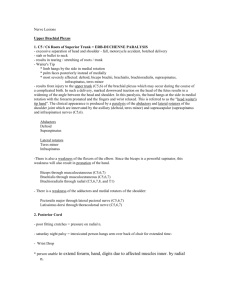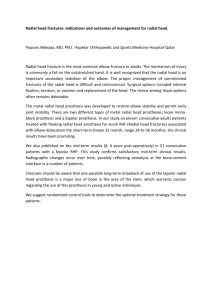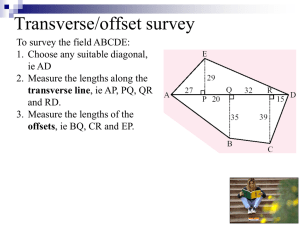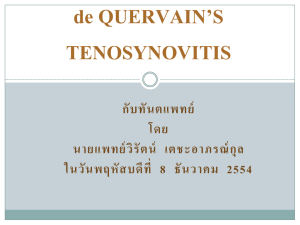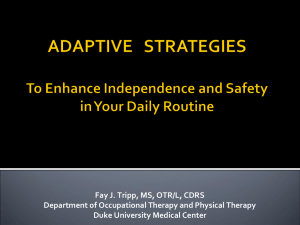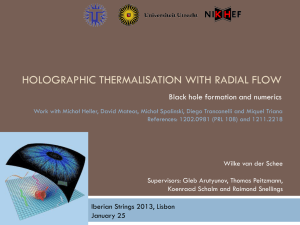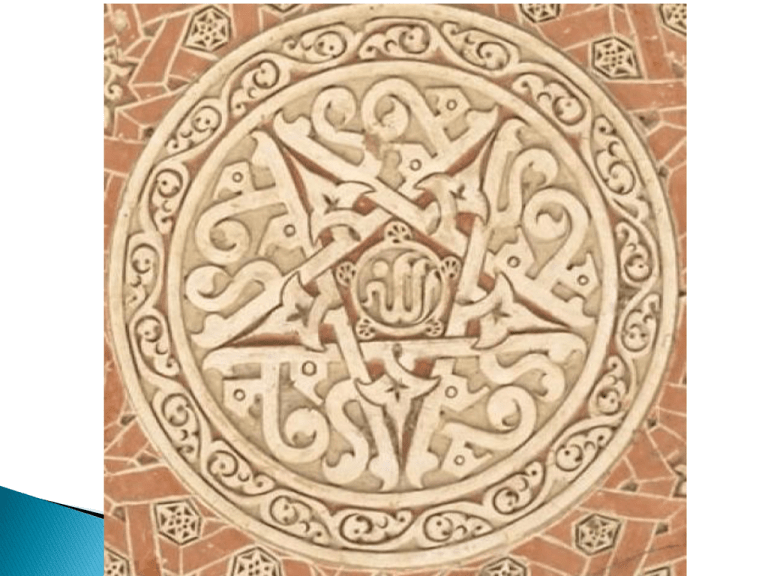
Ali Dianat M.D
Orthopedic Hand Surgeon
Esfahan February 2013
A longitudinal deficiency of the radius
◦ thumb usually deficient as well
◦ bilateral in 50-72%
◦ incidence is 1:100,000
◦ TAR
autosomal recessive condition with thrombocytopenia and absent
radius
different in that thumb is typically present
◦ Fanconi's anemia
autosomal recessive condition with aplastic anemia
Fanconi screen and chromosomal breakage test to screen
treatment is bone marrow transplant
◦ Holt-Oram syndrome
autosomal dominant condition characterized by cardiac defects
◦ VACTERL Syndrome
vertebral anomalies, anal atresia, cardiac abnormalities,
tracheoesophageal fistula, renal agenesis, and limb defects)
◦ VATER Syndrome
vertebral anomalies, anal atresia, tracheoesophageal fistula,
esophageal atresia, renal agenesis)
Incidence 1/55000 – 1/100000 LB
◦ 50 % is bilatral
◦ Male > Female (3:2)
Cause :
1. Exposure to teratogenic agent (Talidomaide)
2. Exposure to radiation
Type I: deficient distal radial epiphysis
Type II: deficient distal and proximal radial
epiphyses
Type III: present proximally (partial aplasia)
Type IV: completely absent (total aplasia most common)
Type N: Isolated thumb anomaly
Type 0: Deficiency of the carpal bones
Type I: Short distal radius
Type II: Hypoplastic radius in miniature
Type III: Absent distal radius
Type IV: Complete absent radius
Type V: Complete absent radius and
manifestations in the proximal humerus
The term absent radius can refer to the last 3
types.
Physical exam
◦ deformity of hand with perpendicular relationship
between forearm and wrist
◦ absent thumb
perform careful elbow
examination
Perpendicular relationship between wrist and
forearm in radial clubhand. The right-angled
position further shortens the limb and limits
the ability to reach into space.
Radiographs
◦ entire radius and often thumb is absent
Laboratory
must order CBC, renal ultrasound, and
echocardiogram to screen for associated conditions
Correct radial deviation of the wrist
Balance the wrist on the forearm
Maintain wrist and finger motion
Promote growth of the forearm
Improve function of the extremity
Enhance limb appearance for social and
emotional benefit
Non-Surgical
◦ Splinting and stretching
Surgical
◦ Centralization
◦ Radialization
Mild (type I) deformity in children and elbow
extension contractures that prevent the hand
from reaching the mouth if the deformity at
the wrist is corrected.
Surgery is also contraindicated for adults
who have adjusted to their deformity.
◦ passive stretching
target tight radial-sided structures
◦ observation
indicated if absent elbow motion or biceps
deficiency
◦ hand centralization
indications
good elbow motion and biceps function intact
done at 6-12 months of age
followed by tendon transfers
contraindications
older patient with good function
patients with elbow extension contracture who rely on
radial deviation
proximate terminal condition
Centralization is indicated in radial clubhand
types II, III, and IV, in which there is severe
radial wrist deviation and insufficient support
of the carpus.
A new technique for operative treatment of the
radial club hand, It is named “Radialization"
because after all fibrotic tissues are excised, the
hand and radial carpal bones are placed over the
distal end of the ulna; the hand is fixed with a
Kirschner wire in a position of moderate ulnar
deviation. Usually, no carpal bones need to be
removed. The improved mechanical forces are
further stabilized by transposition of the radial
wrist extensor and flexor to the ulnar side; this
favors a better muscle balance. The optimal age
for surgery is between 6 and 12 months.
Villki reported (2008) a different approach in
During this procedure a vascularised MTPjoint of the second toe is transferred to the
radial side of ulna, creating a platform that
provides radial support for the wrist. The
graft is vascularised and therefore maintains
its ability to join the growth of the supporting
ulna
THANKS FOR ATTENTION
Dianat A, M.D Vaziri A, M.D



